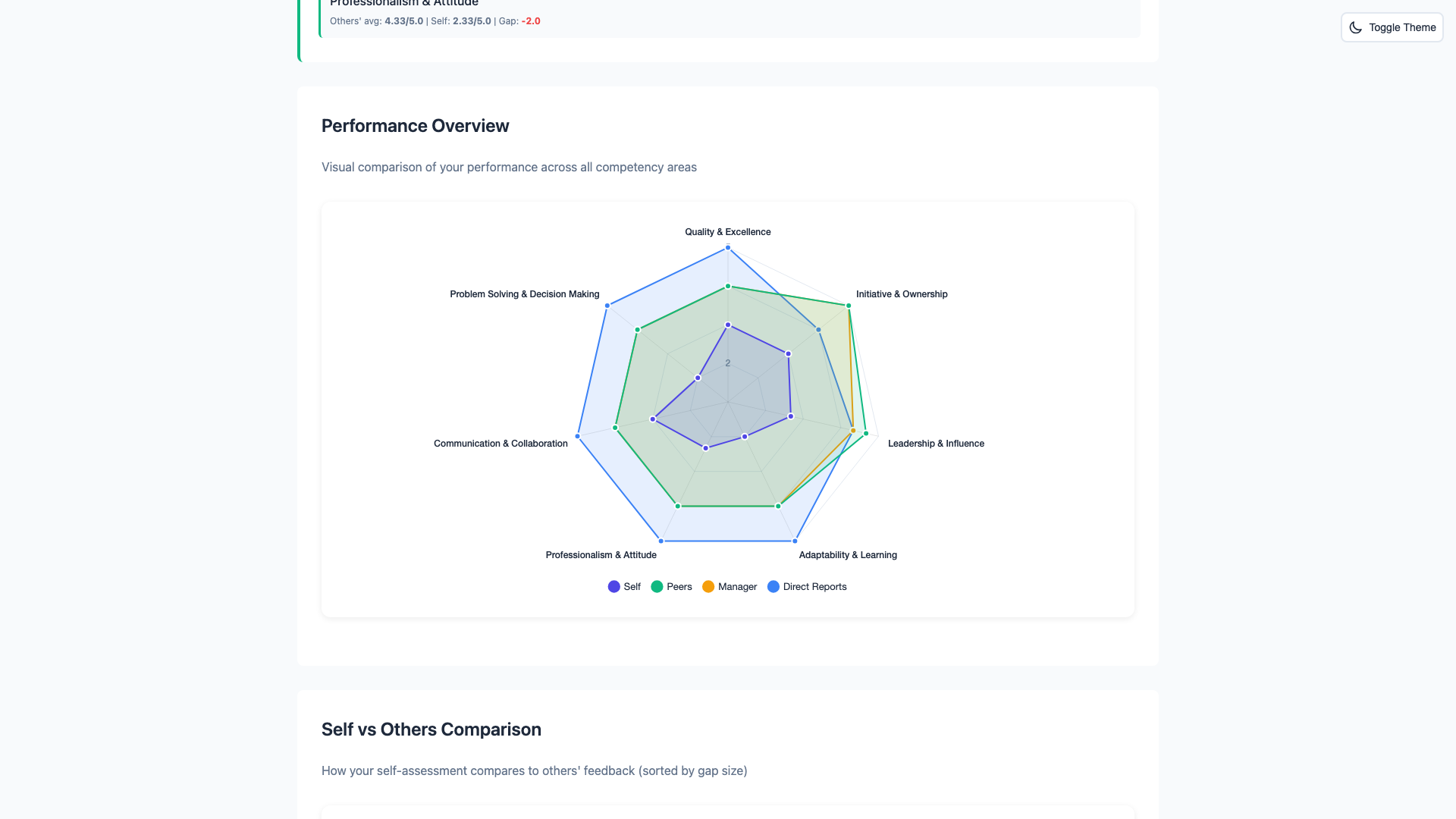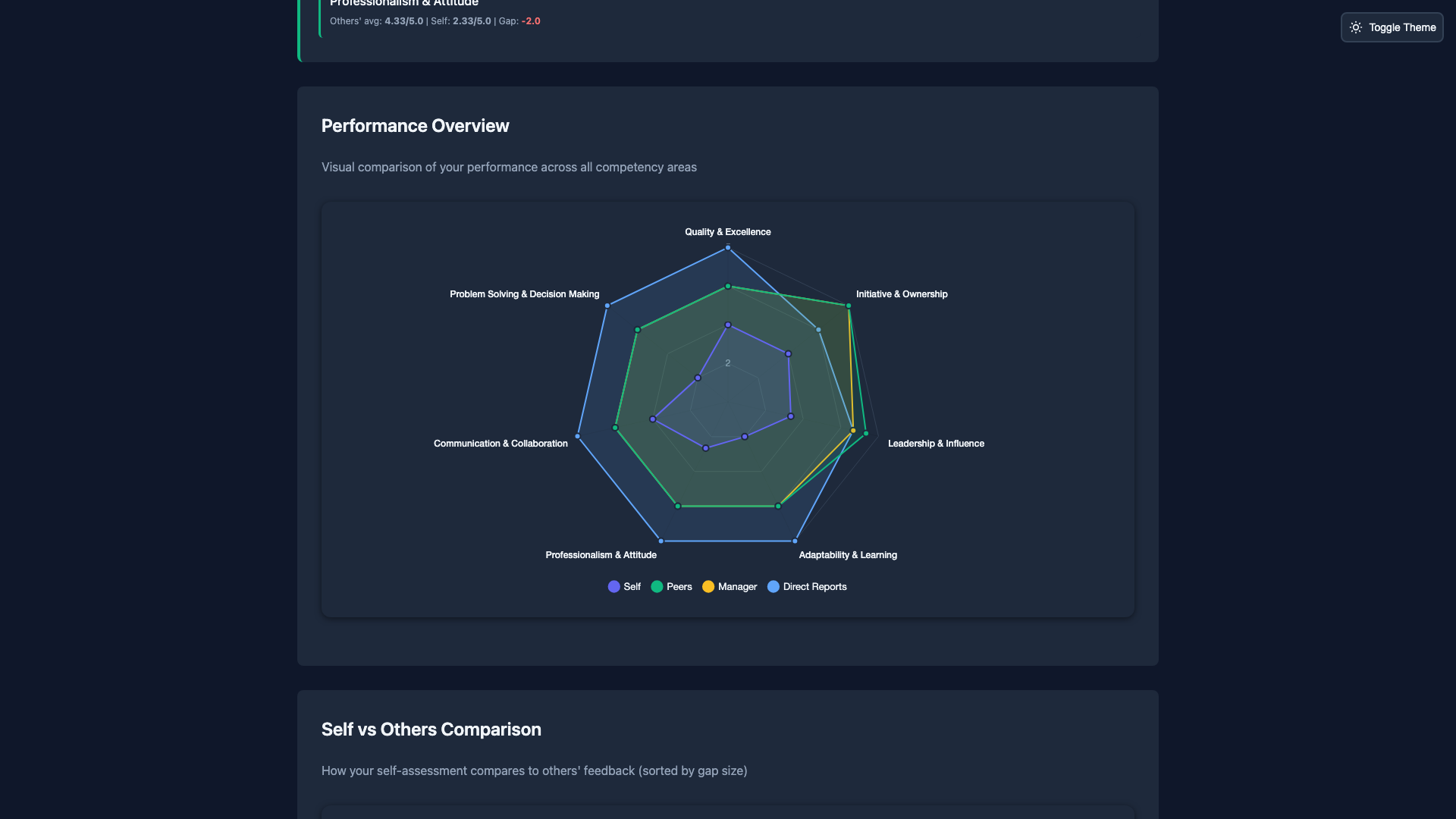Blik's Software Engineering Competency Framework
10 dimensions adapted from research and industry best practices
Framework Inspiration
Our default questionnaire synthesizes insights from:
- Dreyfus Model of skill acquisition (see above)
- Open-source 360-degree engineering self-review frameworks
- Industry-standard competency models from high-performing engineering teams
1. Technical Proficiency
What it measures: Code quality, problem-solving ability, and technical depth.
Novice creates code from well-defined requests. Expert conquers complex problems with elegant solutions.
2. Personality & Collaboration
What it measures: Teamwork, interpersonal skills, cultural fit.
Would colleagues actively choose to work with this person?
3. Technical Breadth
What it measures: Technology awareness, cross-platform capability, learning agility.
From narrow specialization to broad experience across stacks and paradigms.
4. Intrinsic Motivation
What it measures: Genuine passion for programming beyond work requirements.
Does this person code for the love of it, or just for paychecks?
5. Engineering Maturity
What it measures: Application of best practices: testing, design patterns, agile methodologies.
From ad-hoc coding to systematic engineering discipline.
6. Pragmatism
What it measures: Balancing technical ideals with business realities and constraints.
Shipping practical solutions vs. pursuing theoretical perfection.
7. Team Cooperation
What it measures: Mentoring, code review quality, supporting team objectives.
Individual contributor vs. force multiplier for the team.
8. Communication
What it measures: Explaining technical concepts, justifying design decisions, documentation.
Can they make complex ideas understandable to varied audiences?
9. Growth Potential
What it measures: Learning capacity, adaptability, receptiveness to feedback.
Trajectory matters as much as current state.
10. Strategic Vision
What it measures: Product thinking, architectural foresight, anticipating future challenges.
Tactical execution vs. strategic thinking about system evolution.
Customizable for Your Context
This is the default framework. Blik is open source—modify dimensions, adjust weighting, add domain-specific competencies. The framework serves your needs, not the other way around.
Examples: Add "Security Awareness" for fintech teams. Include "Research Ability" for ML teams. Remove dimensions that don't apply to your context.
See the Framework in Action
Radar charts visualize competency ratings across all 10 dimensions, with breakdowns by reviewer category

